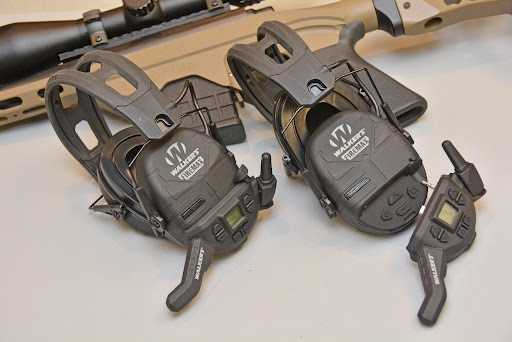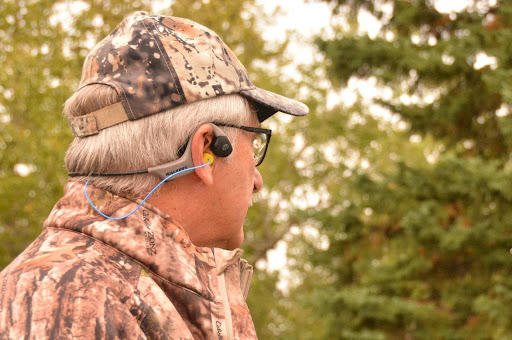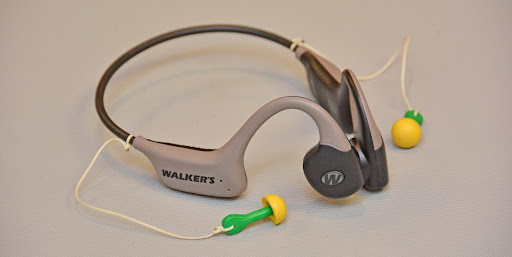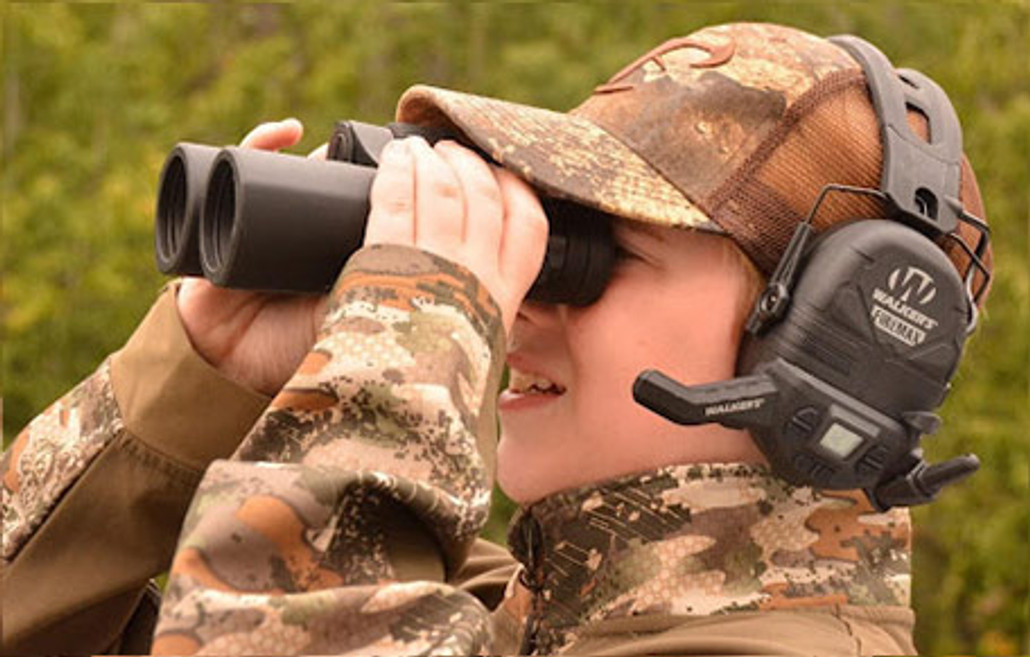Posted by Al Voth on 2021 Dec 9th
HI-TECH HEARING
I’m old enough to remember when hearing protection for shooters was considered optional. As a result, many shooters suffer hearing loss and tinnitus. Because we better understand audiology, shooters understand the dangers of loud noise and take serious precautions to protect their hearing. Thankfully the devices that provide hearing protection have come a long way as well.
The first muffs I used were made for industrial use and so bulky it was impossible to get a good cheek weld on a rifle. Eventually, they slimmed down, and scallops were added on the lower third part of the muff to clear a rifle’s comb. Then came electronic muffs, which amplified ambient sounds, cut out gunshots. They proved to be a significant step forward in addressing the needs of hunters and competitors. While that basic principle is still wildly popular, the technology continues racing ahead, and we now have a new generation of hearing protection that’s worth examining.
Fortunately, there’s no shortage of great companies producing solid hearing protection products for shooters. I’ve used samples from many of them over the years. Walker’s is one of these, with the addition of having a reputation for continually pushing the edge of innovation forward. Three of their products are great examples of the current state of technology and are a great option if you want to protect your hearing.
PROTECTION WITH COMMUNICATION
Electronic muffs are popular because they don’t lock the shooter into a world of relative silence the way passive muffs do. Their ability to transmit non-dangerous sounds provides the user with a welcome level of communication. But what if that communication ability were extended to the other side of the range, or even the adjoining field where your buddy is hunting?

That’s the idea behind Walker’s FireMax muffs, which are available with a plug-in module converting them into FRS-based walkie-talkies. They feature a microphone extending slightly to the front, an adjustable antenna, primary, sub-channel, priority channel settings, complete volume control, and a subdued LED screen that displays settings. There’s a push-to-talk button mounted on the microphone extension and a voice-activated option that makes communication hands-free. And no need to buy batteries because the power source is a large rechargeable lithium battery. I’ve been using mine for several months with excellent success.
NO-MUFF PROTECTION
High-tech has even invaded the domain of the disposable foam earplug. And if you want to go muff-free but still enjoy the advantages of electronic hearing protection, it’s possible. Neckbands which contain the batteries and much of the electronics are vital to making these systems work. Walker’s offering in this category is their Razor XV 3.0 Headset.

I have been using the previous (2.0) generation for two years now, and it’s my favorite device if I want a low-profile option. Like electronic muffs, it amplifies ambient sounds but protects from gunshots. They are rechargeable, but I’ve found the smaller batteries don’t have the life found in muffs. The earplugs are on retractable cords, and there’s a Bluetooth option that allows this unit to pair with your phone. This is worth looking at for the hunter or shooter looking for a lightweight and compact protection.
BONE CONDUCTION TECHNOLOGY
I will grab the Walker’s Raptor Bone Conduction hearing enhancer if I want a device to enhance hearing. However, this product is substantially different in that it offers no hearing protection at all. It’s strictly a hearing enhancer, which requires protection in the form of either custom earplugs or those abundant disposable foam plugs.

This device has a behind-the-head band with hooks over the ears and pads that contact the head near the temple. These pads contain microphones that transmit the sound into your head via bone conduction. Again, they function like electronic muffs, amplifying ambient sounds but suppressing dangerous noise levels. They are also rechargeable and Bluetooth compatible. I’ve taken phone calls on mine with excellent results. I find they don’t amplify the sounds around me as well as muffs or in-the-ear products, so I use them primarily as supplements to my own hearing. Then, when I anticipate a shot, I’ll insert plugs that I’ve tied to the headband, so they’re readily available. If you want to enhance your hearing without stuffing something into your ears or wearing muffs, these are a great option.

CLOSING
Hearing protection is very important, and we’re fortunate to have a lot of great options available. Being able to enhance our hearing, communicate over distance, take phone calls, listen to music, all while protecting our hearing, makes us a fortunate generation of shooters and hunters. While these are cutting-edge products now, I have no doubt the technology will continue to advance, and I’m looking forward to what the future has for us.
ABOUT THE AUTHOR
Al Voth calls himself a "student of the gun." Retired from a 35-year career in law enforcement, including nine years on an Emergency Response Team, he now works as an editor, freelance writer, and photographer, in addition to keeping active as a consultant in the field he most recently left behind—forensic firearm examination. He is a court-qualified expert in that forensic discipline, having worked in that capacity in three countries. These days, when he's not working, you'll likely find him hunting varmints and predators (the 4-legged variety).


 CAD
CAD
 Euro
Euro
